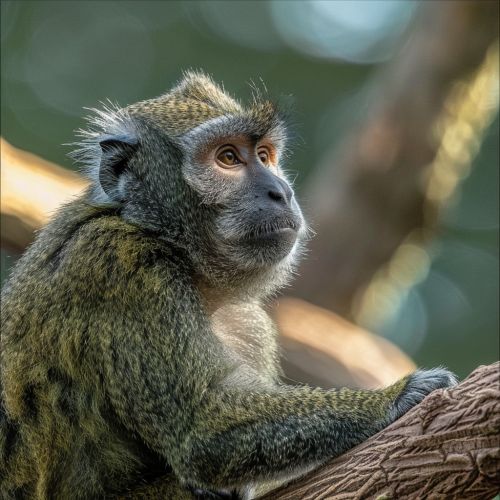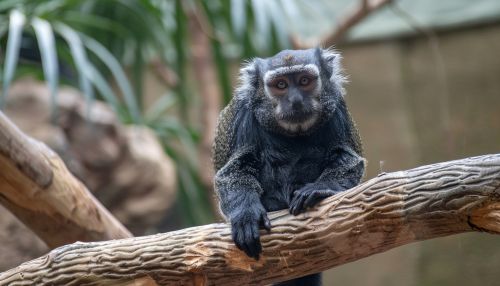Old World monkey
Taxonomy and Evolution
Old World monkeys are part of the family Cercopithecidae, which is one of the two families of primates in the superfamily Cercopithecoidea. This family is further divided into two subfamilies: Cercopithecinae and Colobinae.


The evolution of Old World monkeys is believed to have started about 25 million years ago. The first Old World monkeys appeared in Africa and then spread to Asia and Europe. They are believed to have evolved from early Prosimians.
Anatomy and Physiology
Old World monkeys have a number of physical characteristics that distinguish them from their New World counterparts. They have narrow, downward-facing nostrils that are close together, unlike the wide, side-facing nostrils of New World monkeys. Old World monkeys also have larger bodies and longer limbs than New World monkeys.
Old World monkeys have opposable thumbs, which allow them to grasp and manipulate objects. They also have ischial callosities, or sitting pads, which are tough, hairless areas of skin on the buttocks. These adaptations allow Old World monkeys to sit for long periods of time without discomfort.
Behavior and Ecology
Old World monkeys exhibit a wide range of behaviors, from solitary to highly social. Some species live in large, complex social groups, while others are solitary or live in small family groups. Social structure varies widely among species, with some living in female-dominated groups, others in male-dominated groups, and still others in groups with a balanced sex ratio.
Old World monkeys are primarily arboreal, although some species are terrestrial. They are found in a variety of habitats, from tropical rainforests to savannas and mountainous regions. They are generally diurnal, active during the day and sleeping at night.
Conservation
Many species of Old World monkeys are threatened or endangered due to habitat loss, hunting, and disease. Conservation efforts are focused on protecting habitats, enforcing hunting regulations, and conducting research to better understand the needs of these species.
